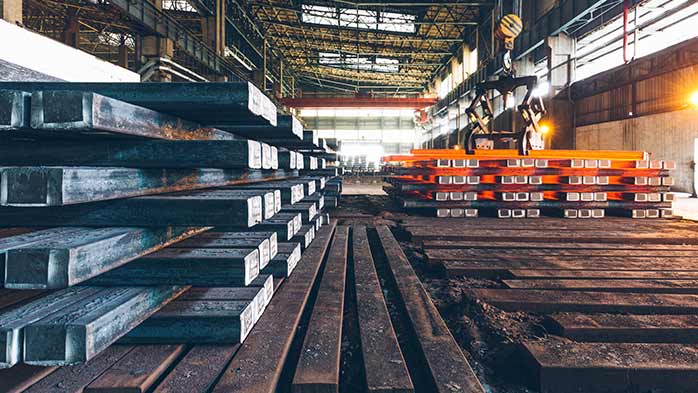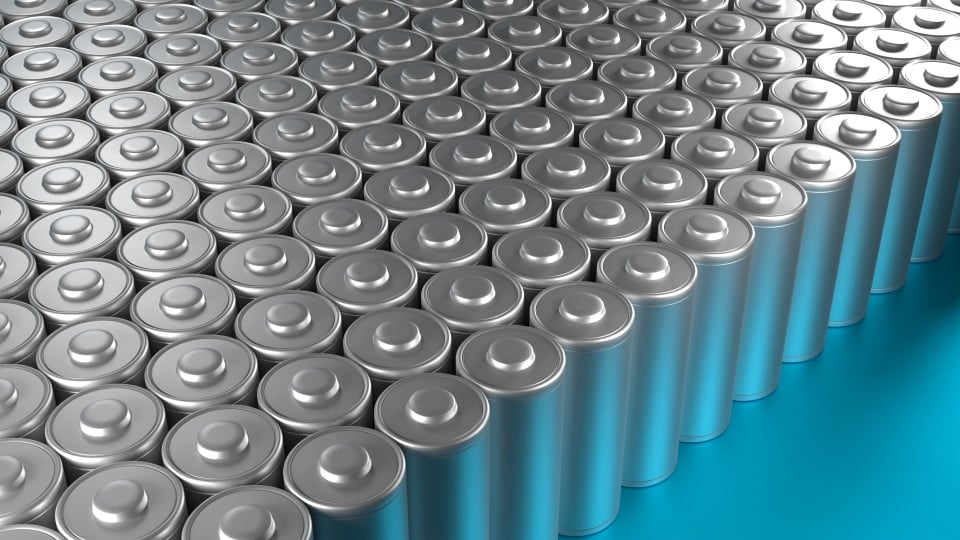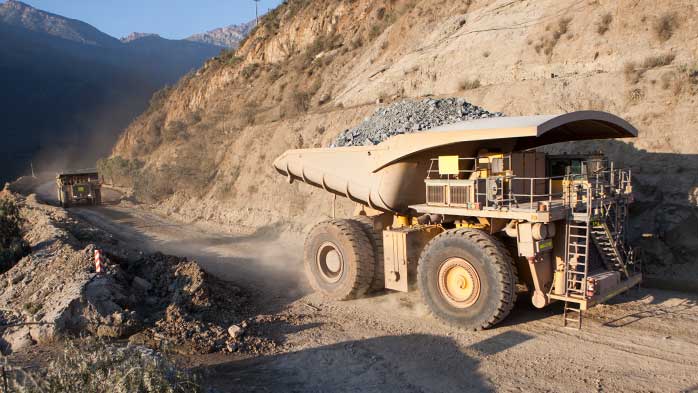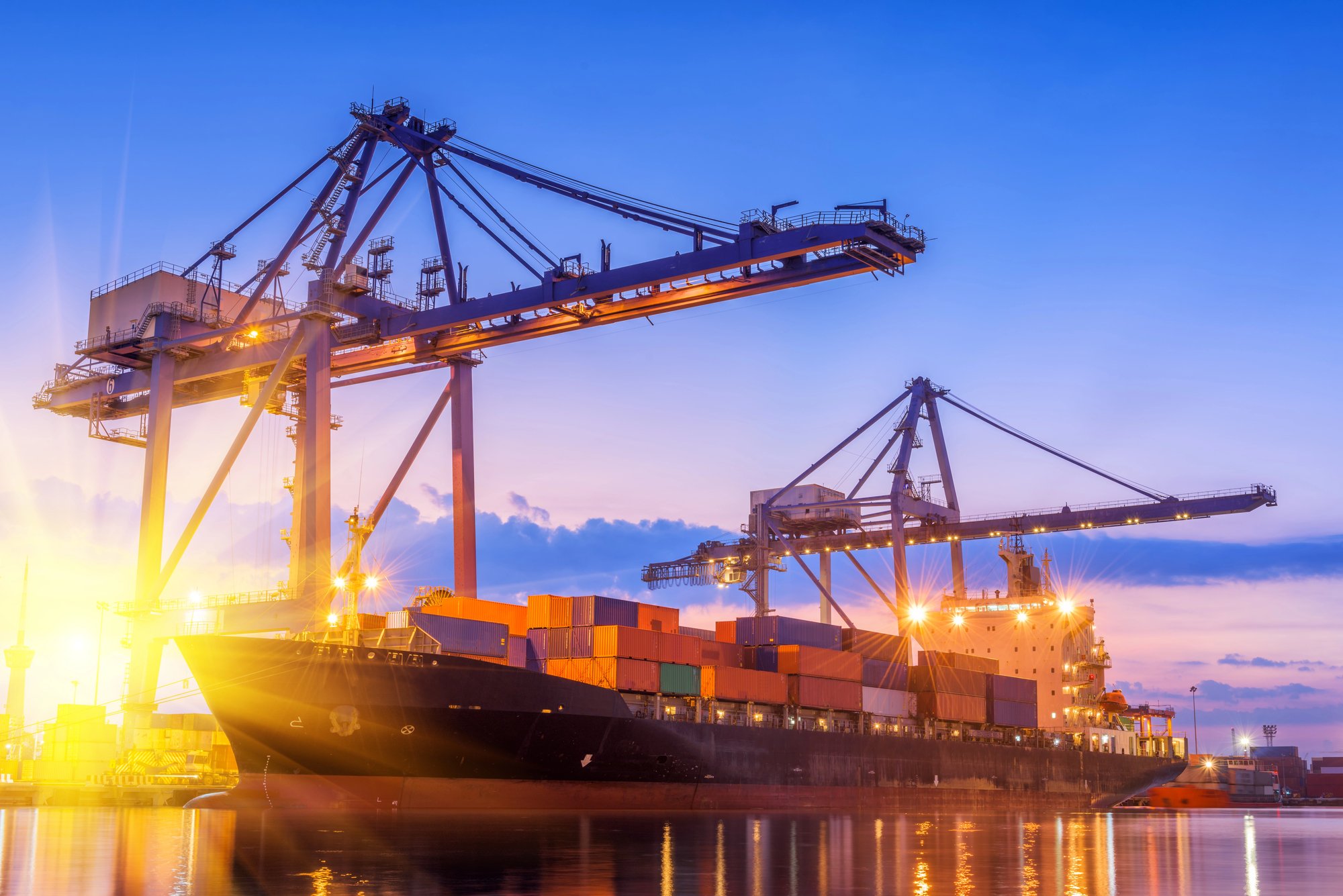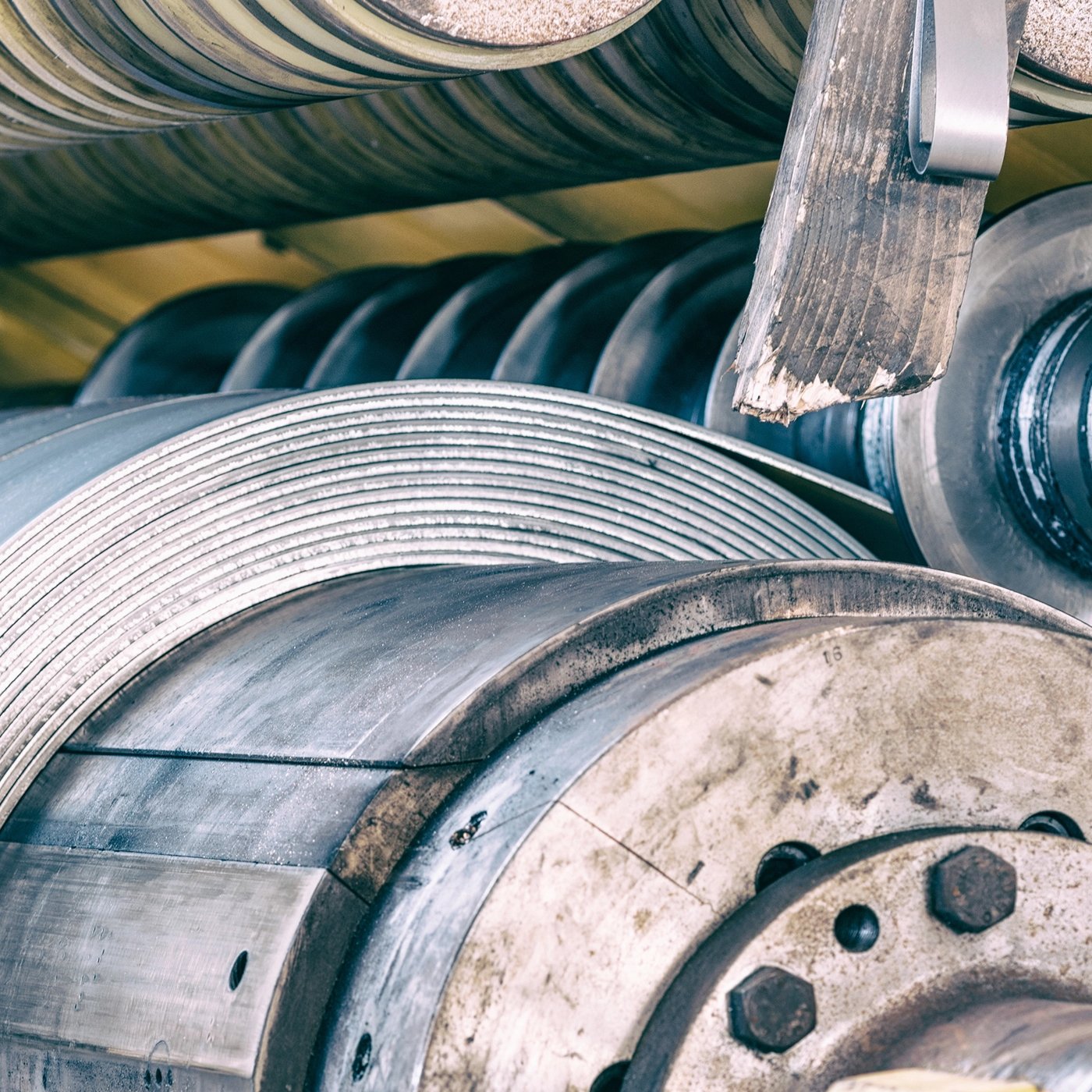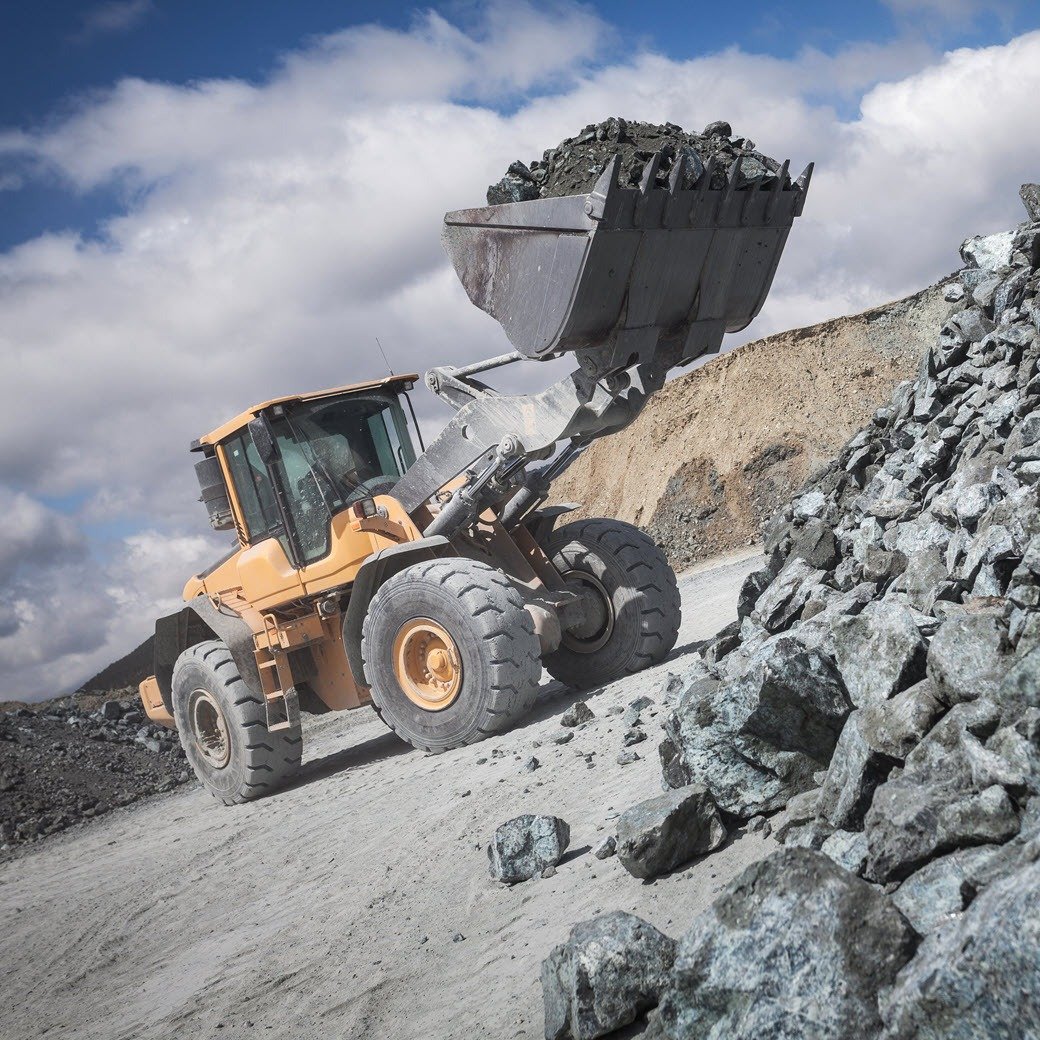With increasing concern over the carbon intensity of the aluminium industry, not only Scope 1 and Scope 2 emissions, but also Scope 3 emissions are drawing more attention. Scope 3 emissions for primary aluminium measure across the whole aluminium value chain, focusing on consumption outside of smelters. In this Insight, we will explore the emissions related to the production and transportation of raw materials used to produce primary aluminium.
The global GHG emission intensity for primary aluminium in Scope 1&2 in 2023 is averaged at 10.5 t CO2 e/t aluminium. On this basis, if we take the emissions from the production and transportation of upstream raw materials in Scope 3 into account, the total carbon emission intensity average will reach 13.2 t CO2 e/t aluminium. Nevertheless, there is significant variability in emission intensity among individual primary aluminum producers. As shown in the chart below, total emissions of Scope 1&2 and upstream Scope 3 range from a minimum of 3.2 t CO2 e/t aluminium to over 20 t CO2 e/t aluminium. Approximately 14% of global primary aluminium production emit a total of less than 5 t CO2 e/t aluminium, while more than 50% have a total emission intensity greater than 15 t CO2 e/t aluminium.
Emissions from bauxite mining and transportation
Bauxite mining, as the origin of aluminium production, produces a world average of 77 kg CO2 e/t aluminium in 2023. The world average bauxite ocean freight emission is estimated at 74 kg CO2 e/t aluminium in 2023. Compared to producing alumina at the same location with bauxite mines, transporting bauxite from overseas clearly adds additional emissions. The energy consumption of transporting bauxite by sea are influenced by the transportation distance and vessel size. The transportation routes Brazil-China and Guinea-China have the highest ocean freight emission among popular bauxite transport routes. Roughly half of China's alumina production is sourced from imported bauxite, with half of that imported bauxite coming from Guinea. For example, if we consider the case of a Chinese smelter which completely relies on alumina using bauxite imported from Guinea, the estimated ocean freight emissions are around 300 kg CO2 e/t aluminium, which is four times the global average. Whereas the ocean freight emission of imported bauxite from Australia is about 177 kg CO2 e/t aluminium.
On a regional average, China has the highest bauxite ocean freight emission average, at 108 kg CO2 e/t aluminium, which is mainly due to high dependence of imported bauxites with long distance. Similarly, the US, which imports bauxite from South America and Africa, has the second highest emission average at 88 kg CO2 e/t aluminium. Benefiting from local abundant bauxite sources, refineries in Australasia, Other Asia do not rely on bauxite imports, and therefore achieve near zero emissions in this category.
Emissions from alumina refining and transportation
The world average of alumina refining is estimated at 2.4 t CO2 e/t aluminium in 2023. Due to the using of methods other than the Bayer process, the carbon emissions from alumina production in the CIS region reach 6.1 t CO2 e/t aluminium, significantly higher than that of other regions.
Alumina transport emissions include the CO2 emissions of both land and sea transport of alumina. The world average alumina transport emissions in 2023 is expected to be 70 kg CO2 e/t aluminium. Smelters with relatively high alumina transport emissions is mainly because of long-distance marine transportation and distance from ports. With smelters in Xinjiang of China, due to the absence of local refineries, alumina needs to be transported via long-distance land transportation from other provinces or countries, resulting in double the world average of alumina transport emissions.
When looking at emission averages by region, it appears that the CIS region has the highest average alumina transport emissions, estimated at around 139 kg CO2 e/t. This is primarily affected by the location of smelters in Russia, which often require the transportation of alumina over long distances exceeding 2,000 km by rail. The EU follows behind the CIS region in terms of regional averages, largely due to the high volume of alumina imports from South America. Africa ranks third, which is attributed to the lack of local refineries in the region.
Emissions from production and freight of purchased anodes
It is expected that the world average production and freight emissions of purchased anodes will be 159 kg CO2 e/t aluminium. For smelters that rely on purchased anodes, particularly those located far away from the major producing area of China (such as Europe and the Middle East), it is evident that emissions from the long-distance transportation of anodes will have more impact.
With various efforts made by aluminium producers to reduce emissions, such as increasing the use of renewable energy to replace coal power and building plants in areas rich in bauxite or alumina production, the world average of total Scope 1&2 and upstream Scope 3 emissions is expected to decrease by 12% in 2032 compared to 2023.
As global concerns about climate change grow and environmental regulations continue to become stricter, more and more companies are gradually incorporating Scope 3 emissions into their sustainable development strategies to meet the environmental requirements and pressures from government and the market. As bauxite, alumina, and anodes are the essential raw materials for aluminium production, optimising the selection of upstream aluminium value chain will become the key to reducing Scope 3 carbon emissions for aluminium producers.






